Good News in Science, Technology, and Engineering
The mantra of local television news has long been “If it bleeds, it leads.”
Translation: Murder, mayhem, fire, bad news generally gets featured far more than good news.
That’s true for most types of media outlets, including top-of-the-hour radio news reports, newspapers and cable TV.
It took a reader’s response to one of my columns, “another depressing topic,” to make me realize that I also had fallen into the “if it bleeds” trap. There’s no shortage of disturbing events these days. There’s a lot of under reported wonderful things happening as well. Much of it in the realms of science, technology and engineering. In fact, I had to look no further than items others were sending me on my own Facebook feed.
So, what follows is a sampling of that good news in science, technology, and engineering which I’m re-posting from Facebook. If you are on Facebook and want more, just use the Facebook search box for the source listed next to each picture.
I hope this brightens your day and helps remind us all that the genius of human minds can build an incredibly prosperous future—if our political leaders either encourage it or get out of the way.
Researchers at the University of Glasgow have used advanced simulations to perfect designs for bladeless wind turbines (BWTs) — a quieter, wildlife-friendly alternative to traditional spinning blades. Instead of rotating, these turbines harness vortex-induced vibrations — wind makes their cylindrical masts gently oscillate, and that motion is turned into electricity.
Source: Tech X
In France, a groundbreaking “solar flower” is changing the way people think about renewable energy. This stunning device, shaped like a giant sunflower, automatically opens in the morning and rotates to follow the sun throughout the day, capturing maximum solar energy. Despite its artistic design, it’s a powerhouse — generating enough clean electricity to run an entire home.
Source: Discovery Science
Scotland also has activated the first phase of the world’s largest tidal energy array, harnessing the predictable power of ocean currents to generate electricity for over 70,000 homes. Unlike wind or solar, tidal energy is constant and forecastable decades in advance, making it a valuable addition to renewable energy grids. The project, located in the Pentland Firth, uses massive underwater turbines anchored to the seabed. These turbines spin as the tides flow in and out, driving generators housed within pressure-resistant nacelles. The design minimizes disturbance to marine life, with blades rotating slowly enough for safe fish passage. Energy is transmitted to shore via underwater cables connected to a coastal substation, where it’s fed directly into the national grid,turning one of nature’s most reliable forces into a permanent power source.
Source: EU Corner
The Netherlands' floating farm, located in Rotterdam, is a pioneering example of sustainable and innovative agriculture. This floating dairy farm produces fresh milk and yogurt for the local community while showcasing climate-resilient food production.
Source: Floating Farms
Researchers at the University of British Columbia have developed a biodegradable battery made from tree pulp and zinc, offering a sustainable, cleaner alternative to lithium-ion batteries. These ecofriendly batteries decompose naturally in soil within months, leaving no harmful chemicals or toxic residue, making them ideal for medical implants, wearable devices, and environmental sensors.
Source: Tech Viral
Germany is revolutionizing waste management. Entire neighborhoods are connected by smart underground vacuum systems that transport trash silently and efficiently — no need for garbage trucks.
Source: Mega Minds
In Spain, several cities have embraced an historically low tech eco-friendly and surprisingly charming way to maintain public parks — by hiring goat herders. Instead of using noisy, fuel-powered lawnmowers, these cities let herds of goats graze naturally on the grass, weeds, and shrubs. The goats act as living lawnmowers, keeping the vegetation trimmed while also fertilizing the soil as they move. This centuries-old practice is now being revived as part of modern sustainability efforts.
Source: Fact 27
The UAE is planning to build an artificial mountain in the desert — not for tourism, but to generate rain on demand. This bold project aims to trigger orographic rainfall, where moist air is forced upward by a mountain, cools, and forms rain clouds. The UAE already uses cloud seeding, but this would enhance its effectiveness dramatically. Scientists are currently analyzing the feasibility, cost, and environmental impact. If successful, it could transform dry regions by creating controlled weather systems.
Source: Asstrozen
California is testing a simple yet powerful idea: Cover irrigation canals with solar panels.
This approach cuts water loss from evaporation while generating clean power — all without using extra land or disturbing ecosystems. Pilot projects like Project Nexus show that this model could save tens of billions of gallons of water annually and supply renewable energy to thousands of homes. If scaled globally, solar canals could reshape how arid regions balance agriculture, water conservation, and clean energy production.
Norway is taking on a groundbreaking engineering challenge with the $2 billion Rogfast tunnel—set to become the world’s longest and deepest subsea road tunnel. Stretching about 27 kilometers (17 miles) and plunging 392 meters (1,286 feet) below sea level, this massive project is a central part of the country’s plan to create a ferry-free E39 highway along its west coast.
Source: Music Factory
Just a short sample of real world developments. I plan to publish more of these as a regular feature of my newsletter. Every writer and news editor should. There’s a lot of blue sky over the daily dark clouds of gloom and doom.
Comments? Criticism? Contact Joe Rothstein at jrothstein@rothstein.net
Always Get It’s Always Something
Sign up to get the most recent column set to your inbox for free.

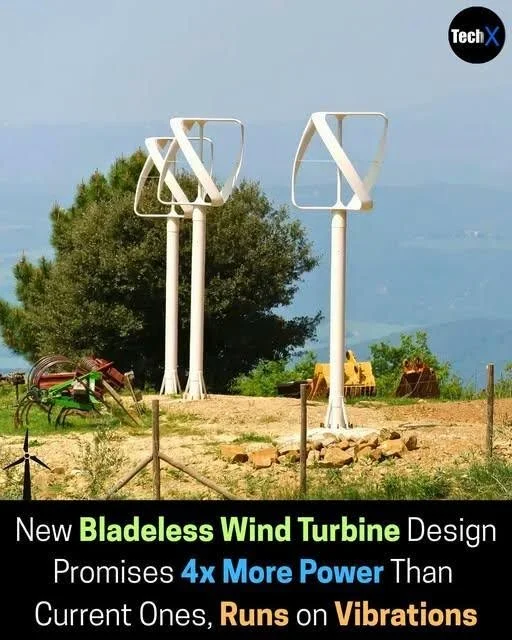
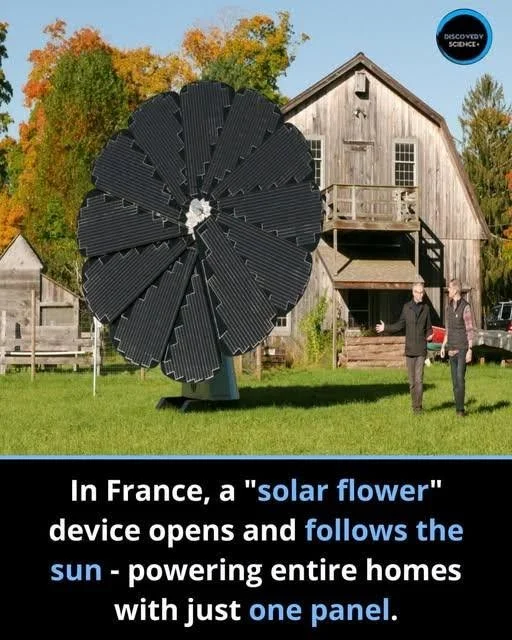
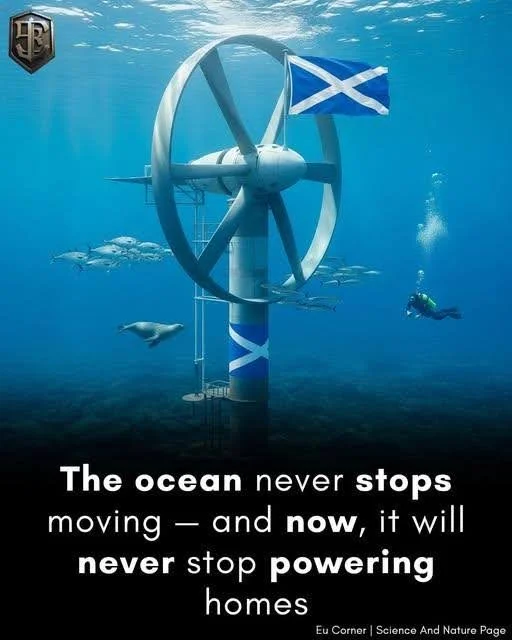
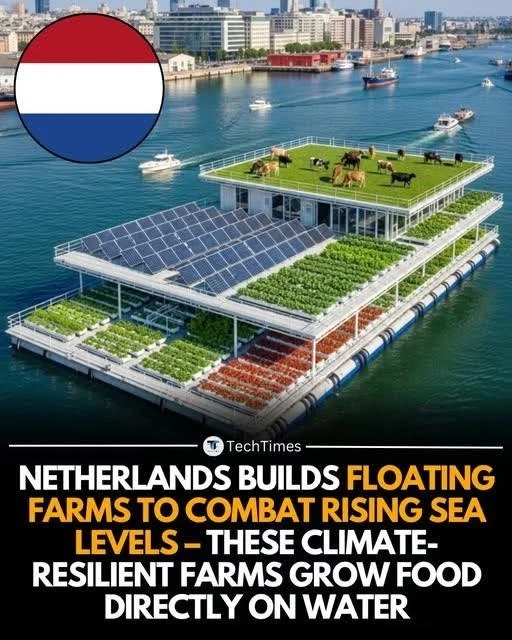
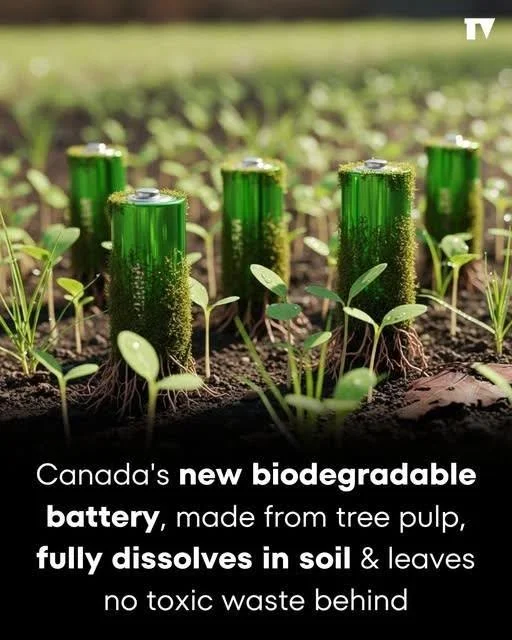
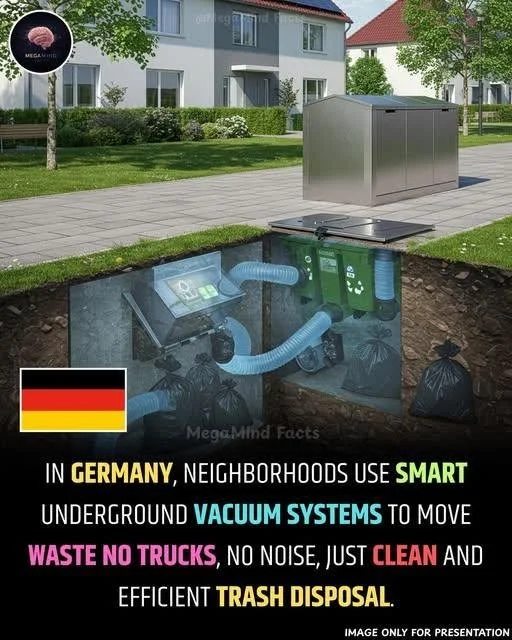
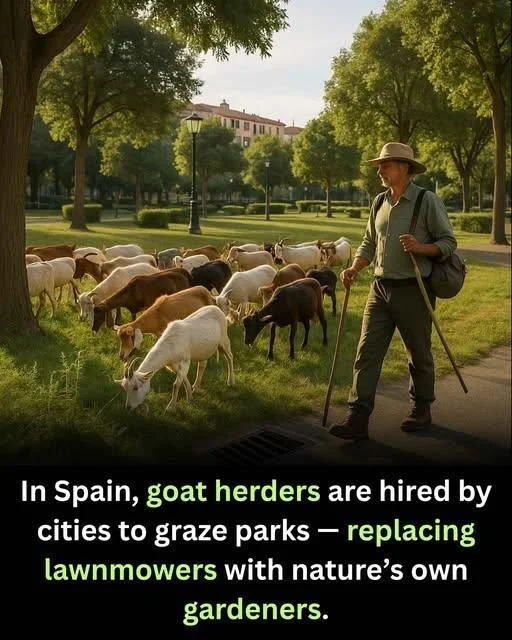

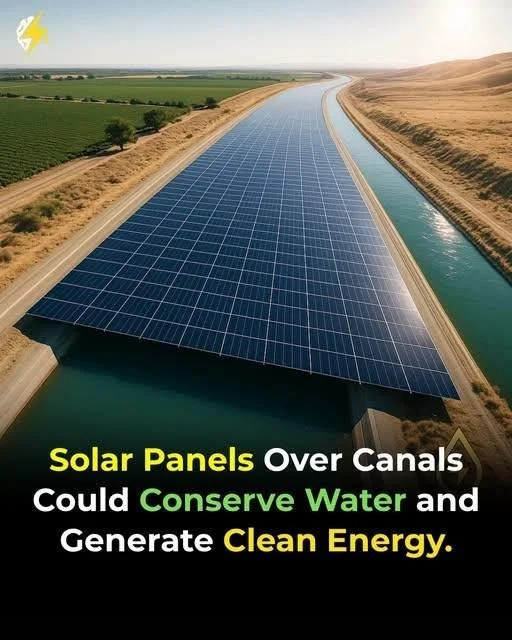



What happens when a fun-loving, charismatic, reform-minded Mexican-American billionairess becomes president of the United States and strikes fear in the pocketbooks of a cabal of the rich and powerful?